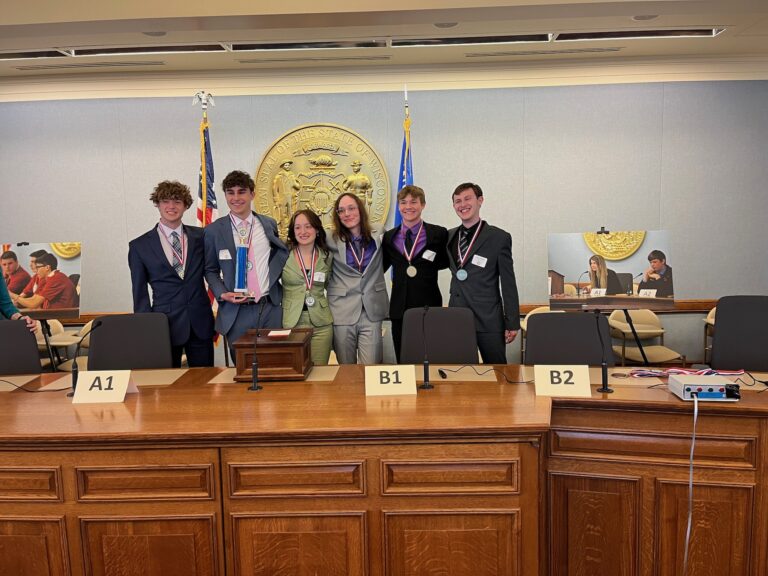Weekly Fiscal Facts are provided to Wisconsin Newspaper Association members by the Wisconsin Policy Forum, the state’s leading resource for nonpartisan state and local government research and civic education. The Wisconsin Policy Forum logo can be downloaded here.
During the COVID-19 pandemic and its immediate aftermath, employment in higher-paying occupations in Wisconsin stayed largely stable, while thousands of lower-paying jobs were lost.
May 2022 estimates show 52,220 fewer nonfarm jobs in Wisconsin than May 2019, a 1.8% decline, according to federal Occupational Employment and Wage Statistics, collected by the U.S. Bureau of Labor Statistics.
Employment grew by a combined 3,480 jobs in 13 occupational groups paying above the statewide median wage, while declining by a combined 55,700 in the nine groups that pay lower wages.
Meanwhile, wages rose faster in lower-paying occupations, as employers sought to retain and attract employees amid a reshuffling of the workforce. Across all jobs, median annual wages grew 16.8% in Wisconsin between 2019 and 2022, outpacing inflation. The overall increase was influenced both by the greater stability of higher-wage jobs and by relatively strong wage growth in many lower-paying occupations.
All three of the state’s largest metro areas – Milwaukee, Madison, and Green Bay — shed jobs between 2019 and 2022, while the balance of the state actually gained jobs. Even the Madison metro area lost jobs during the time period studied, despite leading the state in employment growth prior to the pandemic.
In light of the large increase in remote work that began during the pandemic, one key question in interpreting these data is how remote workers are being reported by employers to the state’s unemployment insurance system, from which the data are derived. That is particularly true in cases where the employee lives in a different community from their work site.
The Forum reviewed the Bureau of Labor Statistics’ survey methodology and spoke with both federal and state officials, but the answer remains unclear. Federal officials also noted that some companies eliminated their physical locations entirely during the pandemic, in which case their employees likely would be counted in statewide totals but not in any local area.
Overall, Wisconsin looks to have weathered the pandemic storm relatively well from a jobs perspective. That said, the state faces several challenges as employers struggle to find workers. These difficulties require a multi-pronged set of solutions that touch every point of the workforce development and educational spectrums, from early childhood to higher education, and that rise above political and ideological differences.
This information is a service of the Wisconsin Policy Forum, the state’s leading resource for nonpartisan state and local government research and civic education. Learn more at wispolicyforum.org.



